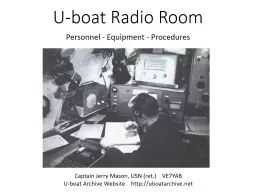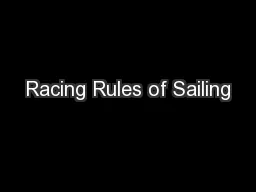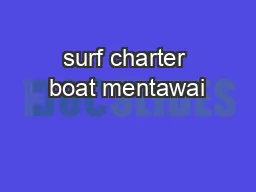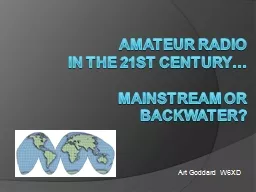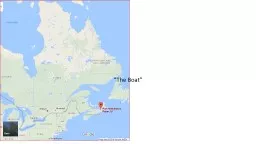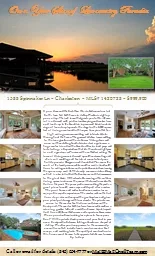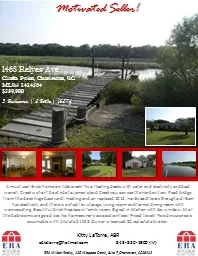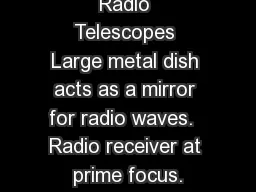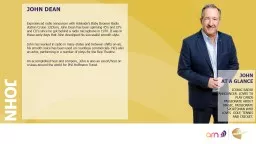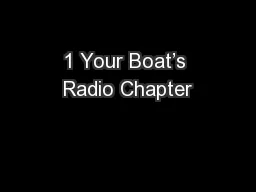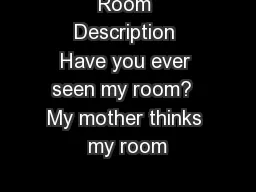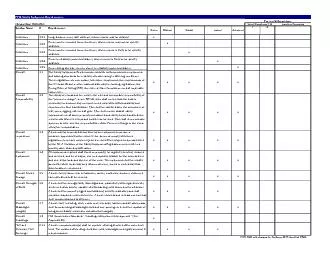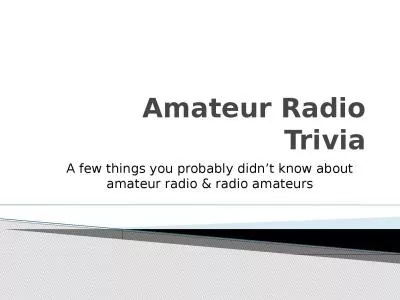PPT-U-boat Radio Room Personnel - Equipment - Procedures
Author : giovanna-bartolotta | Published Date : 2019-11-20
Uboat Radio Room Personnel Equipment Procedures Captain Jerry Mason USN ret VE7YAB Uboat Archive Website http uboatarchivenet Oberfunkmaat Georg Seitz 17 years
Presentation Embed Code
Download Presentation
Download Presentation The PPT/PDF document "U-boat Radio Room Personnel - Equipment ..." is the property of its rightful owner. Permission is granted to download and print the materials on this website for personal, non-commercial use only, and to display it on your personal computer provided you do not modify the materials and that you retain all copyright notices contained in the materials. By downloading content from our website, you accept the terms of this agreement.
U-boat Radio Room Personnel - Equipment - Procedures: Transcript
Download Rules Of Document
"U-boat Radio Room Personnel - Equipment - Procedures"The content belongs to its owner. You may download and print it for personal use, without modification, and keep all copyright notices. By downloading, you agree to these terms.
Related Documents

